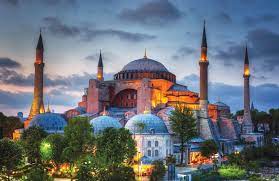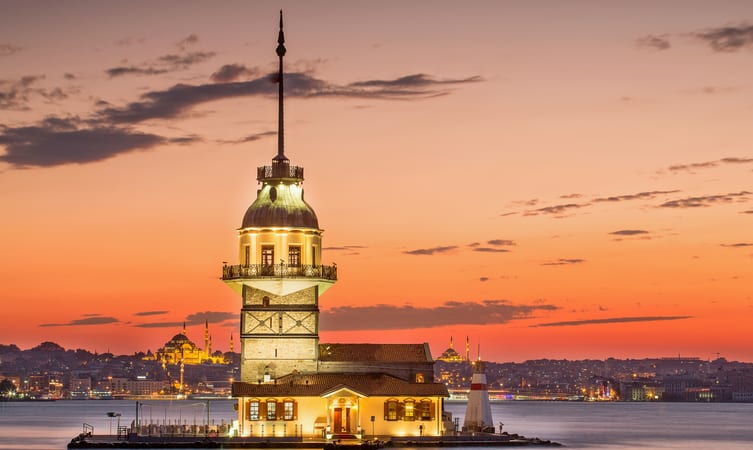ABOUT İSTANBUL
Menu Bar




ABOUT İSTANBUL
Istanbul has for a long time, been the heart and soul of Turkey. Boasting of more than 16 million official residents, the city is the only one in the world that spans two continents; Europe and Asia. I love Istanbul and admit to a major addiction for this characteristic destination.
Occasionally I meet people who wrongly assume that Istanbul is the capital of Turkey but even though it isn’t, it is still an important business hub and the number-one tourist destination of Turkey. In 2014, it beat the likes of Rome and Milan to become a top city-break destination of the world. Some people return time and time again for a leisurely break while others admire the city so much, they buy homes there, and it now has a large expat community comprised of many nationalities. Whether people fall into the category
of tourist, business traveller or expat resident, we all have one thing in common and that is we say with pride, “I love Istanbul.”
Historical and Rich Timeline
I am fascinated by the history of Turkey and since Istanbul was formerly Constantinople, the capital of both the Byzantine and Ottoman empires, it is perfect for history buffs. The old part of the city is a UNESCO World heritage site.There are hundreds of museums and touring Ottoman palaces like Dolmabahce explains perfectly why the Ottoman Empire was disbanded, called the sick man of Europe and left for broke. The Blue Mosque of 1616 portrays the brilliance of architect Sedefkar Mehmed Agha, who was a pupil of Mimar Sinan, the most respected architect of the Ottoman period, while the Hagia Sophia, previously a church, mosque and now museum, perfectly combines significant artifacts of two of the world’s biggest religions. The list of historical landmarks goes on and on.
The Bosphorus
Major wars have been fought and many men have died for control of this strategic strait of water. The Byzantine Empire seriously neglected its importance, therefore helping the Ottoman Sultan Mehmed to take control of Constantinople and ultimately finish their reign. In turn, the Ottoman Empire formed a fashion trend for the rich and fabulously wealthy to own summer houses (yalis) on the shores.These days, life is much quieter and the Bosphorus neighbourhoods can be explored on foot but I prefer cruising.
The Galata Connection
Downhill from the popular Taksim area, are the small neighbourhoods of Karakoy and Beyoglu. Within these areas, I particularly love the famous Genoese Galata tower, with its stunning panoramic view from the top, but anyone with a fear of heights will be immensely disturbed by the lack of crowd control, dodgy safety bars and the view of a 63 metre drop. The streets are lined with boutique hotels, Jewish synagogues, the Jewish museum, quirky shops, the Istanbul modern art museum and we also found a small wine tasting shop, which delighted my alcoholic friends but head further downhill to reach Galata Bridge, famous for its fishermen and floating fish boats.
In a restaurant underneath the bridge, a 16 year-old waiter offended us with his corny attempts to bait himself a sugar mommy. Our refusal may have resulted in an overpriced bill consisting of dishes that we never consumed but my point is, stay away from underneath the bridge and enjoy the vibes on top of it.
How to say “I love Istanbul” in Turkish?

